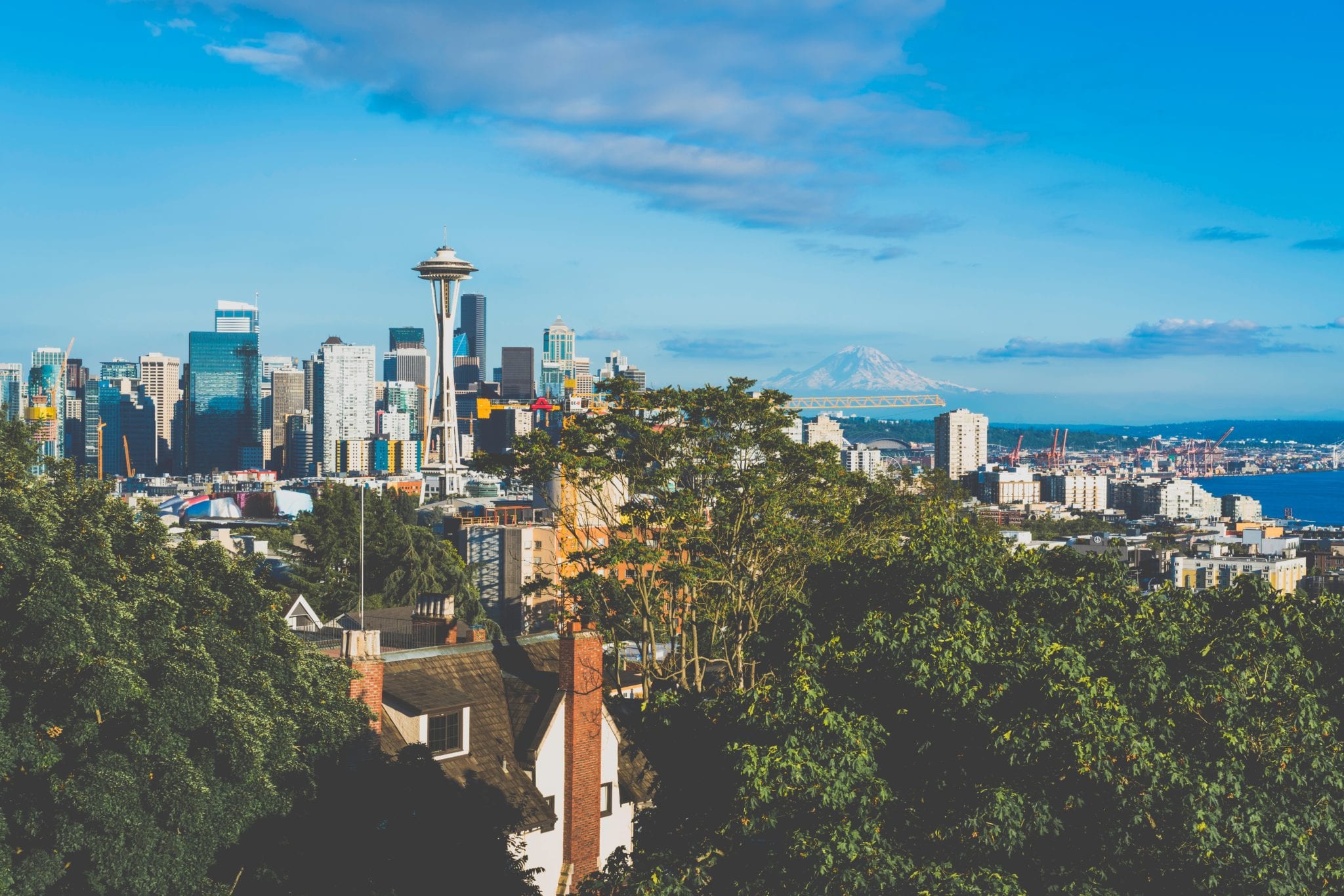Seattle’s Urban Forest Management Plan seeks to include residents and promote equity.
Success Story
Seattle’s Equity and Environment Initiative recognizes the disproportionate impact of past policies and practices on communities of color, and strives to ensure that the city provides clean, healthy, resilient and safe environments for communities of color, immigrants, Indigenous peoples, refugees, people with low incomes, youth and individuals with limited English proficiency. The Equity and Environment Initiative also influenced Seattle’s engagement with its residents regarding the Urban Forest Management Plan. Prior to the plan’s development, the City’s Urban Forestry Core Team worked with Seattle Public Utilities’ Community Connections program and the Department of Neighborhood’s Community Liaisons program to engage Indigenous peoples, as well as the African American, East African, Chinese and Latinx communities living in and around the Greater Seattle region. Traditional stakeholder engagement was conducted through the Trees for Seattle newsletter, website and social media channels; presentations to key groups such as the Urban Forestry Commission; and listening sessions with key partner organizations.
Feedback received through these efforts was used to produce a draft plan. Input received informed action agenda priorities and shaped the plan’s impact. As a result, over 25,900 volunteer hours were logged caring for Seattle’s urban forest, including 1,902 new trees planted throughout Seattle by City departments,12,500 native tree seedlings planted in Seattle’s forested parklands, 8,717 trees maintained to keep them healthy and growing, 1,845 acres of forested parklands underwent restoration to remove invasive plants, 356 new acres of invasive plants removed from Seattle’s forested parklands, 6,121 trees inventoried to better manage urban forests and over 380 miles of trees trimmed for safety and to enhance the reliability of the power grid.











